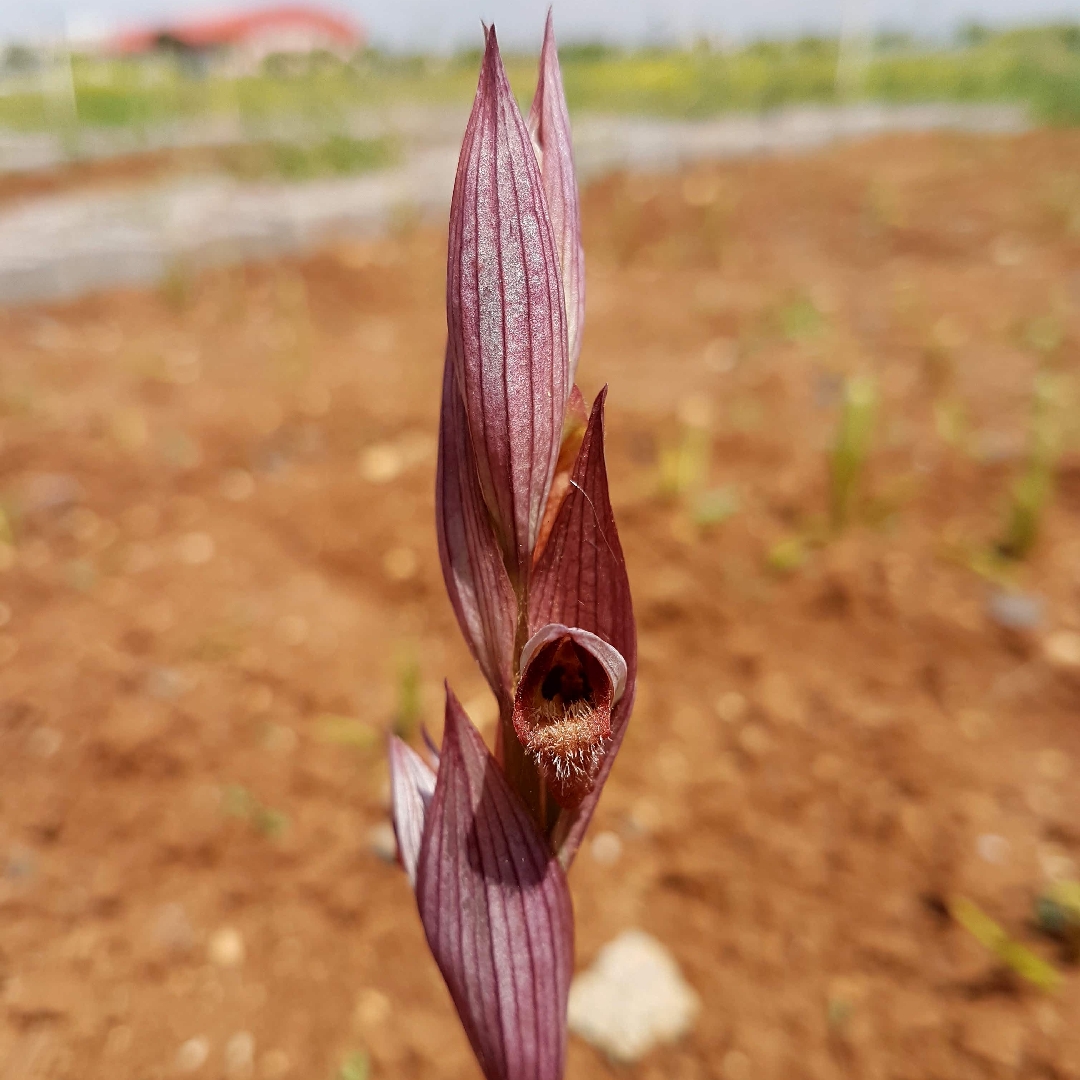
Serapias vomeracea
Long Lipped Serapias Orchid
This species is highly variable in color and shape. It reaches a maximum height of 60cm. The stem is green, with two membranous basal leaves and 6-8 upper leaves, glossy green or reddish. It produces an elongated spike, with three to ten red-purple flowers. They flower from late winter to early summer.
Contributed by @Geophyte
-
Full sun to partial shade
-
Occasional watering
-
Frost Hardy: 23F (-5°C)
-
All soil conditions
Common name
Long Lipped Serapias Orchid
Latin name
Serapias vomeracea
type
Tuber
family
Orchidaceae
ph
5.0 - 8.0 Acid - Neutral
Plant & bloom calendar
-
Best time to plant
full grown dimensions
 0.10 M
0.60 M
0.10 M
0.60 M
Serapias vomeracea
This species is highly variable in color and shape. It reaches a maximum height of 60cm. The stem is green, with two membranous basal leaves and 6-8 upper leaves, glossy green or reddish. It produces an elongated spike, with three to ten red-purple flowers. They flower from late winter to early summer.
Planting young plants
From Early Spring TO Early Spring
Tubers can be planted an most soil conditions although clay is preferred. Plant in a moist location in full sun or partial shade. Avoid planting close to other species as it will be slow to establish if having to fight for nutrients.








